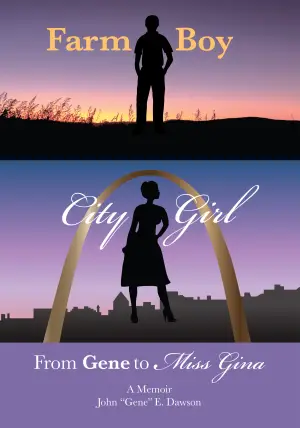A Home for Every Heart: Reflecting on Space for Everyone
When I first stumbled upon Space for Everyone by Rukhsana Khan, I was immediately drawn in by its inviting title, hinting at themes of community, togetherness, and the warmth of family. In a world that often feels fractured, the idea of a gathering place where loved ones can come together truly resonates with me. As I flipped through the pages, I eagerly anticipated a journey through Zainab’s experience—a journey that, while beautifully illustrated, also left me with some lingering questions.
At its core, Space for Everyone captures the essence of moving—not just physically changing homes, but transitioning from the familiar comfort of one’s surroundings to the uncertainty of the unknown. Zainab, our young protagonist, is portrayed with all the charm and curiosity of any child on the cusp of change. Early on, she asks her mother if the hot beverage she’s enjoying will always remain the same—a poignant reflection of her deeper anxieties about the shift in her life. However, I couldn’t help but feel that her fears were somewhat muted in the narrative. There’s a subtlety to her worries that might elude younger readers; it’s a delicate balance between keeping some mystery and ensuring clarity, and I felt that this book tipped slightly towards the vague.
Moving through the text, I noticed a swift transition from the emotional turmoil of packing to the family already settling in their new home. This abrupt leap left me craving more development in Zainab’s journey. A couple more pages or additional text could have greatly enriched this critical shift, allowing readers to savor her feelings of nostalgia and apprehension before stepping boldly into the newness of her life.
The artwork, crafted with Procreate, plays a significant role in the storytelling, portraying warm, inviting scenes that evoke comfort and love. The father and the feast he prepares at the table are depicted with beautiful detail, celebrating the nuances of Nigerian cuisine. Yet, some of the illustrations—particularly the children’s expressions—struck me as somewhat puzzling, diminishing their emotional impact. I found myself wishing for a bit more coherence in the visual storytelling to match the warmth of the narrative.
For readers unfamiliar with Nigerian cuisine, the book could benefit from added back matter to deepen the cultural experience. This would not only educate young readers but also entice them to explore the rich tapestries of diverse cultures.
That said, despite these critiques, Space for Everyone shines as a delightful exploration of community and familial bonds. It’s a fitting choice for anyone searching for picture books that celebrate togetherness. Children navigating their own transitions or anyone craving stories that promote community will surely find comfort in its pages.
In conclusion, Space for Everyone is a gentle reminder of the importance of making space for one another, whether in our homes or hearts. While the narrative leaves some questions unanswered, the warmth of the illustrations and the underlying themes are enough to make this book a treasured addition to any child’s library. I walked away from this reading experience reflecting on my own transitions in life, appreciating the spaces I hold in my heart for family and friends, and I believe many readers will feel the same. So, if you’re in search of a children’s book that speaks to the joys—and challenges—of community, this is one that should definitely find a home on your shelf.











